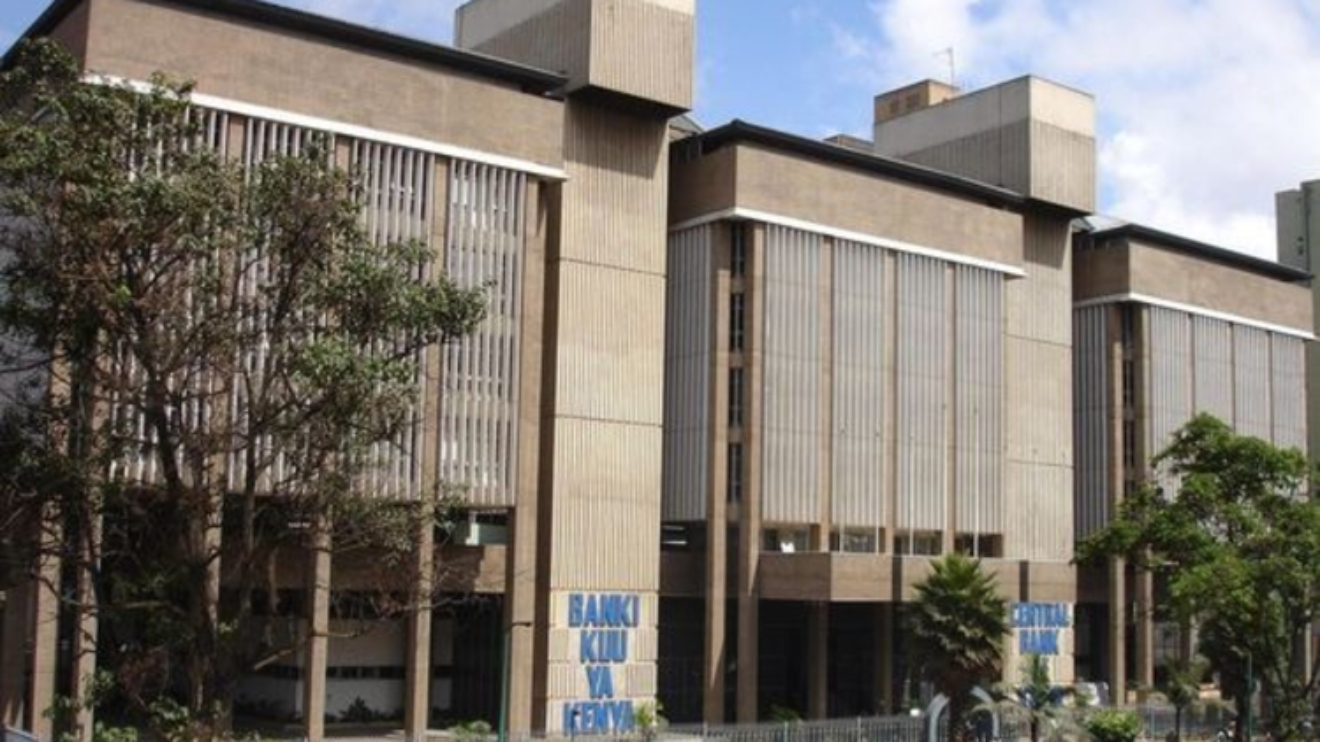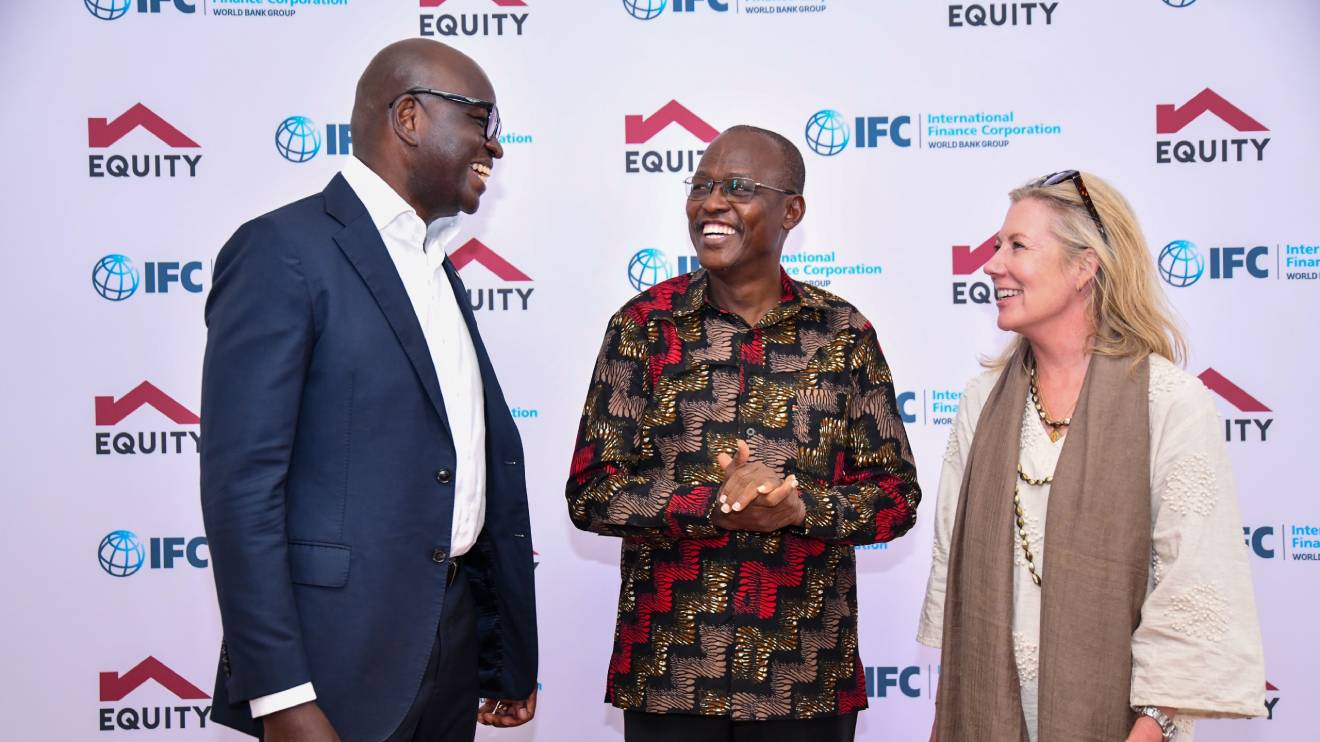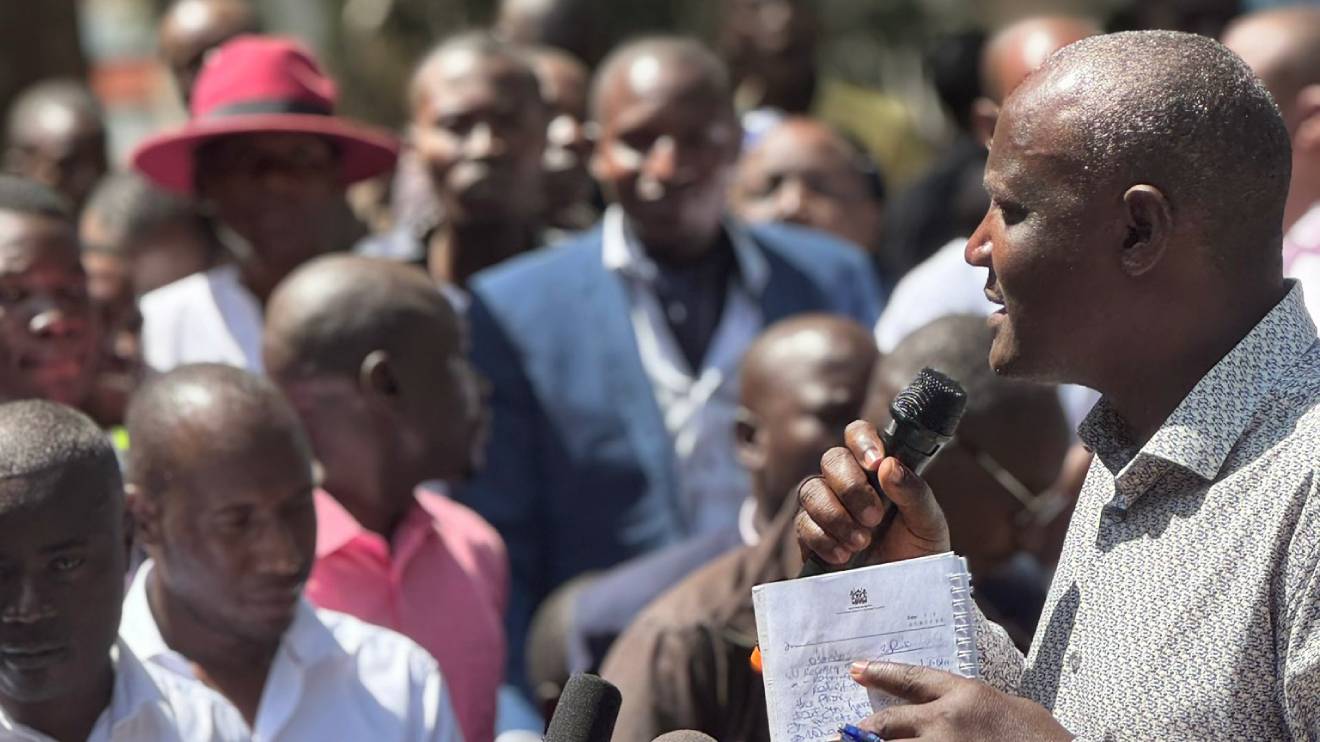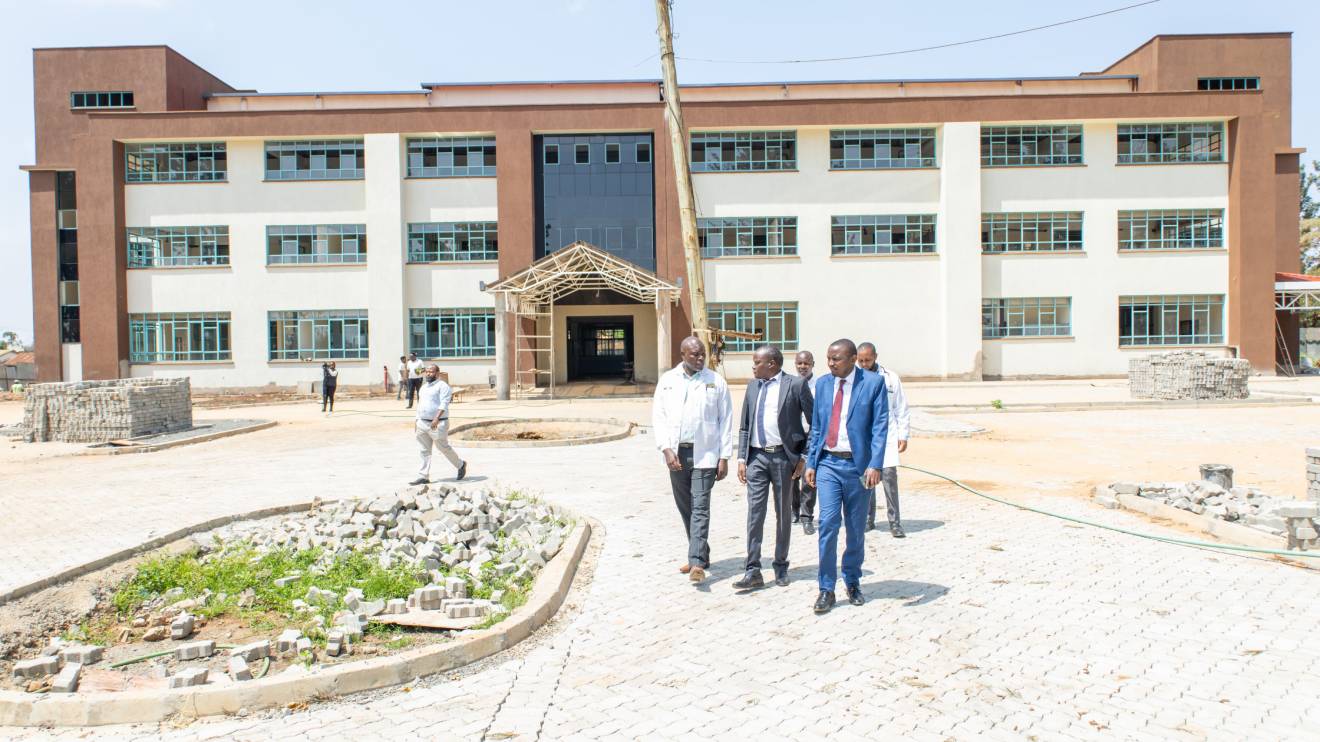The Monetary Policy Committee (MPC) of the Central Bank of Kenya (CBK) has announced a reduction in the Central Bank Rate (CBR) by 50 basis points, lowering it to 10.75 per cent from 11.25 per cent.
This decision, made during the MPC meeting on February 5, 2025, aims to stimulate economic activity while maintaining exchange rate stability and anchoring inflationary expectations.
The Committee also reduced the Cash Reserve Ratio (CRR) by 100 basis points to 3.25 per cent from 4.25 per cent.
The MPC's decision comes against a backdrop of improving global growth prospects, projected to reach 3.3 per cent in 2025, up from an estimated 3.2 per cent in 2024.
This growth is fuelled by strong performances in the United States and India, alongside improved prospects in the United Kingdom.
Read More
However, the global outlook remains subject to risks, including uncertainties surrounding trade policy, escalating geopolitical tensions, particularly the ongoing conflicts in the Middle East and Ukraine.
While global headline inflation has moderated, the decline has slowed due to “sticky core inflation” in major economies.
Domestically, Kenya's overall inflation stood at 3.3 per cent in January 2025, slightly up from 3.0 per cent in December 2024, but remaining below the target range of 5±2.5 per cent.
Core inflation, which excludes volatile items, decreased to 2.0 per cent in January from 2.2 per cent in December.
Non-core inflation, however, rose to 7.1 per cent from 5.2 per cent, primarily due to higher prices for food crops.
The newly introduced core and non-core inflation measures, developed jointly by the Kenya National Bureau of Statistics (KNBS) and the CBK, align with global best practice and EAC guidelines.
The core CPI basket comprises 275 items, representing 81.1 per cent of the overall CPI. The CBK expects overall inflation to remain below the midpoint of the target range in the near term.
Kenya's economic growth slowed to 4.0 per cent in the third quarter of 2024, and is estimated at 4.6 per cent for the year, compared to 5.6 per cent in 2023.
Growth is projected to rebound to 5.4 per cent in 2025.
Respondents to recent surveys, including the Agriculture Survey, the CEOs Survey, and the Market Perceptions Survey, expressed cautious optimism about future economic prospects, citing factors such as stable macroeconomic conditions and favourable weather, but also concerns about subdued consumer demand and high costs of doing business.
The current account deficit is estimated at 3.7 per cent of GDP in 2024, compared to 4.0 per cent in 2023, and is projected to reach 3.8 per cent in 2025.
The CBK’s foreign exchange reserves currently stand at $9,066 million, providing 4.63 months of import cover.
The banking sector remains stable, with NPLs at 16.4 per cent in December 2024. However, commercial bank lending to the private sector contracted by 1.4 per cent in December 2024.
The MPC noted the ongoing implementation of the FY2024/25 Supplementary Budget I, which is expected to lower the fiscal deficit.
While acknowledging the substantial lowering of the CBR since August 2024, the Committee expressed concern that lending rates have only declined marginally.
The reduction in the CRR is expected to inject additional liquidity into the banking system, further lowering the cost of funds and lending rates.
The CBK has also embarked on on-site inspections of banks to ensure compliance with the Risk-Based Credit Pricing Model (RBCPM) and will penalise any bank that does not pass on the benefits of reduced funding costs to borrowers.
The MPC stated that it “will closely monitor the impact of the policy measures as well as developments in the global and domestic economy and stands ready to take further action as necessary in line with its mandate.”
The next MPC meeting is scheduled for April 2025.
As Dr. Kamau Thugge Governor of the Central Bank of Kenya and Chairman of the MPC, stated, “The Committee observed that the CBR has been lowered substantially since the MPC Meeting of August 2024, yet lending rates have only declined marginally."
"With these measures, banks are expected to take the necessary steps to lower their lending rates further, to stimulate growth in credit to the private sector, and support economic activity," he added.







